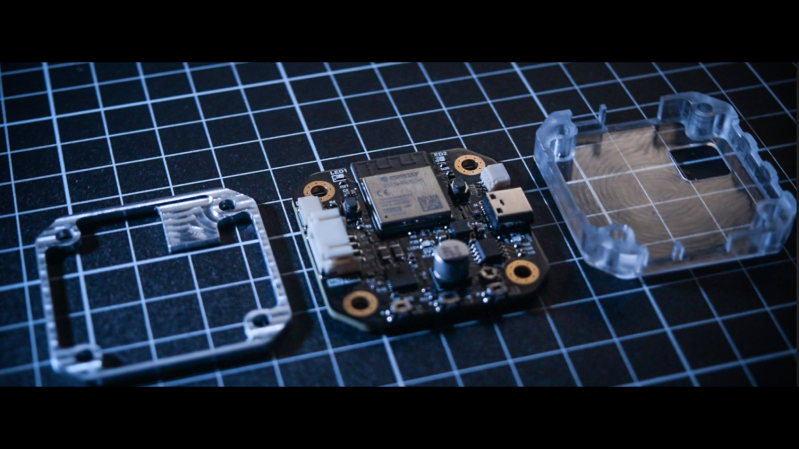NEMA-17 steppers are (almost) a dime a dozen. They’re everywhere, they’re well-known to hackers and makers, and yet they’re still a bit hard to integrate into projects. That’s because the motor alone isn’t much use, and by the time you find or build a driver and integrate it with a microcontroller, you’ve probably expended more effort than you will on the rest of the project. This USB-C PD stepper driver aims to change that.
What caught our eye about [Josh Rogan]’s PD Stepper is his effort to make this a product rather than just a project. The driver is based on a TMC2209 for silent operation and a lot of torque thanks to the power delivery capabilities of USB-C PD. The PCB is very nicely designed and has an AS5600 rotary magnetic encoder for closed-loop operation. There’s also an ESP32-S3 on-board, so WiFi and Bluetooth operation are possible — perfect for integration into Home Assistant via ESPHome.
[Josh]’s mechanical design is top-notch, too, with a machined aluminum spacer that fits on the back of a NEMA-17 motor perfectly and acts as a heat spreader. A machined polycarbonate cover protects the PCB and makes a very neat presentation. [Josh] has kits available, or you can roll your own with the provided build files.
















Only took 20 years of articles apparently to satisfy you? 😂
This is indeed cool.
TAKE MY MONEY!
Klipper already supports toolhead PCBs with USB, why not make a 3D printer with a controller for each motor?
i don’t know if it would be a big deal or not but i’d be worried that the slight asynchronicity of usb would make it hard to synchronize the motors. otoh, probably even a couple ms between X and Y wouldn’t really make a difference….the physical moving world is slow :)
and i guess there’s not really an intrinsic reason that the stepper controller board couldn’t cache a couple moves into the future, like how you can keep audio in sync even through several delays, thanks to the miracle of buffering.
I could see this being used in making custom haptic devices for disabled people.
no denying this is just plain cool…i’m a little skeptical though. it’s basically just like taking “USB-C PD” and pretending it’s a magic wand you can wave at the power supply requirements. that gives me a little anxiety and uncertainty and i’m just not sure there’s too many use cases where you won’t have to give a lot of thought to the power supply. and once you do that, i think you might be happier with a more traditional solution?
but i don’t know, maybe the usb-c jack on my pc motherboard happens to give enough juice for a surprising range of use cases? just thinking about it makes me feel like i’m abusing something delicate though
but i have both a dvd-rom drive and a scanner that runs from usb power. so maybe i’m being too conservative
This is definitely not intended to be driven from your PC’s USB ports. It wants to negotiate 15V, apparently, which is unlikely to succeed.
Rather, it is intended to be driven from a USB-PD wall wart, probably a 60W brick.
My use case is for my Venetian blinds to control tilt. What i have now is a nodemcu a separate a4988 pcb and powered by 9v which barely gives enough torque. It looks as janky AF. When i saw josh’s design i knew i needed one to fix my janky prototype so ordered it.
You said it best when you said ‘I don’t know’
The idea of a driver board that fits the NEMA form factor is attractive but I can’t see myself wanting to use USB-PD for it.
With a CNC or 3D printer using anything from 3 to … what, 6 steppers?, that seems like a lot of USB adapters or hubs to run them, when one big standard PSU would work better.
You can feed it directly via pads on the back of the board, apparently, bypassing the USB-PD circuitry.
That board is going to get hella toasty